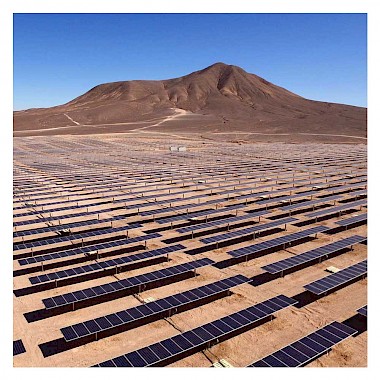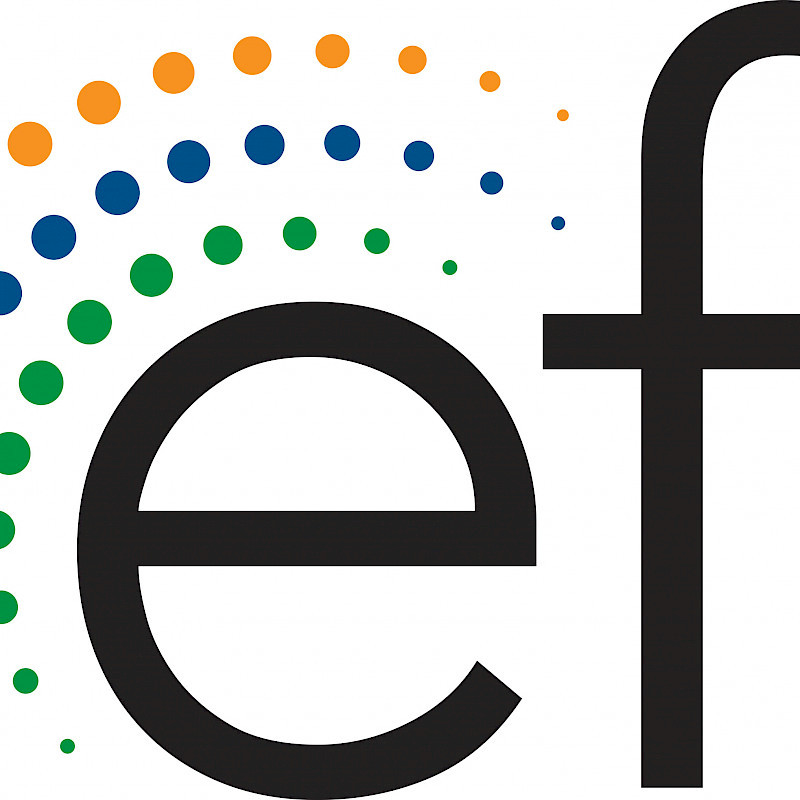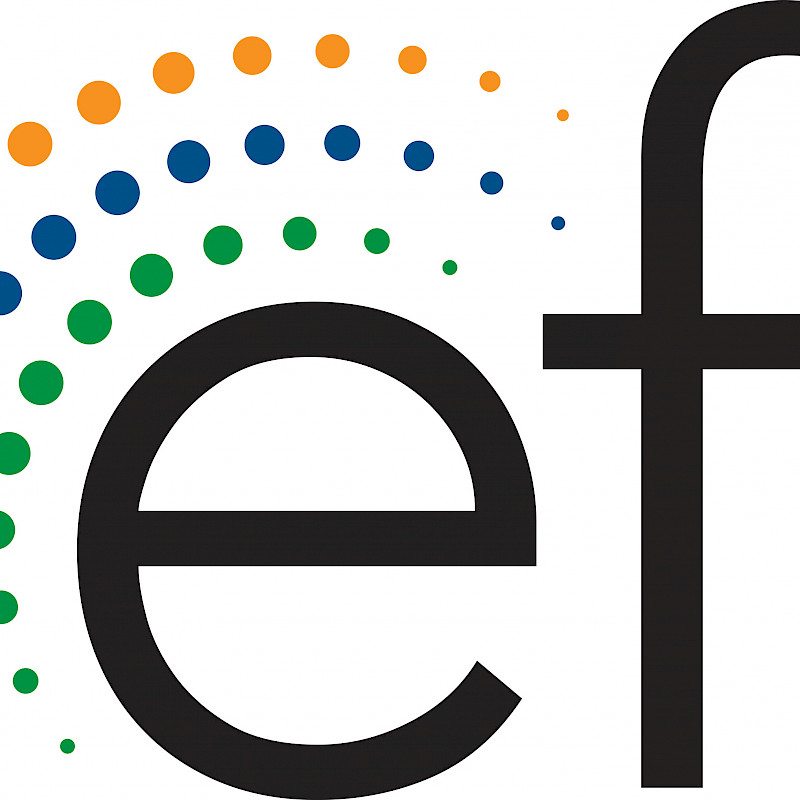Franklin Energy’s Product Division, AM Conservation, Agrees to Acquire Energy Federation, Inc.
Is It Really Cheaper to Use Renewable Energy?
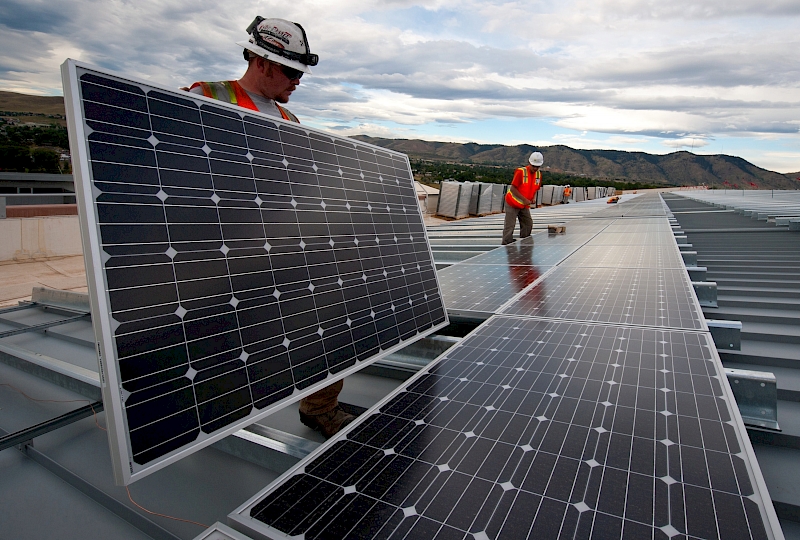 Energy Federation Incorporation
Energy Federation Incorporation
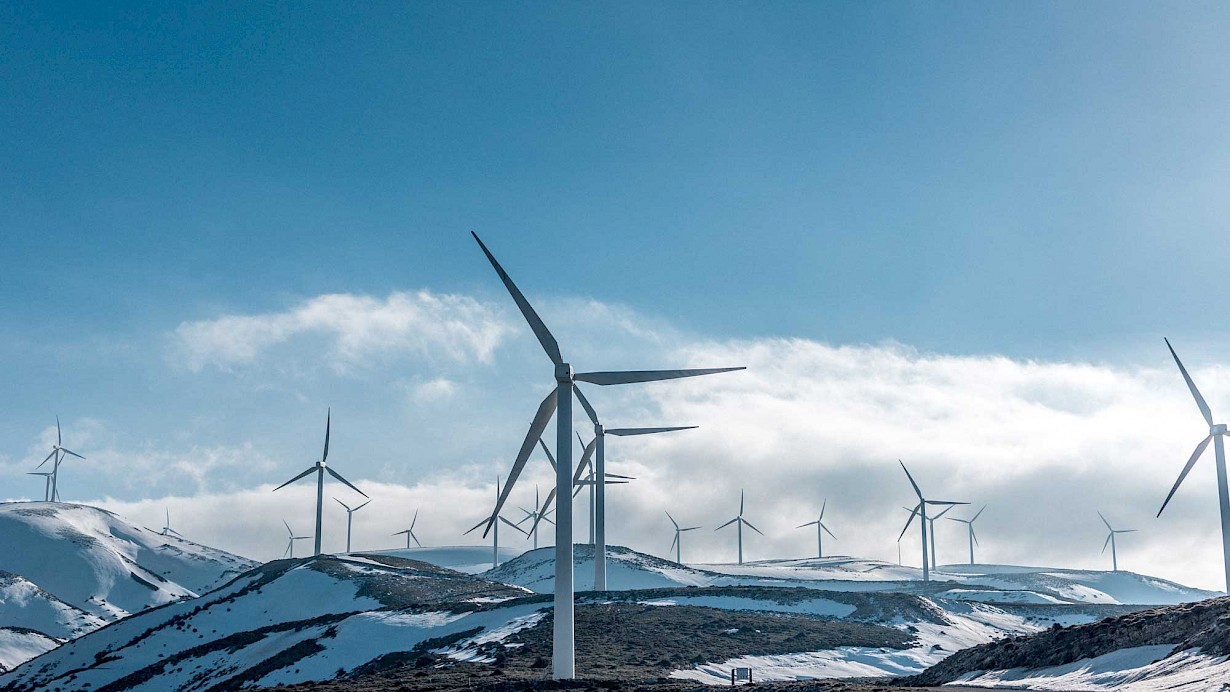
Like many people, you might think that it's a toss-up between fossil fuel and renewables when it comes to cost-effectiveness. However, that simply isn't the case anymore. A report published in 2018 by IRENA, the International Renewable Energy Agency, states that renewables are the cheapest and most efficient energy sources on the planet. Fossil fuels don’t hold that title anymore. Let's dig into how this happened, and what this means for our future.
How?
Renewable technology, like most modern technology, has continued to improve and evolve. With these improvements in tech, the efficiency and cost of these renewables have exponentially improved. For example, in 1977, solar panels were about 15.89% efficient, and the cost of a photovoltaic cell* was about $70.00. In April of 2020, the National Renewable Energy Laboratory achieved a record-breaking 47.1% efficiency, and photovoltaic cells now only cost $0.50 (There are usually anywhere between 32 - 96 photovoltaic cells in a solar panel). This means that solar panels now are 31% more efficient at a fraction of the price.
Wind energy has also significantly improved with time. In 1998, wind turbines were 22% efficient, and it cost ~$0.55 to produce a kWh of energy. Now, wind turbines are nearly 35% efficient, and it costs just $0.03 to produce a kWh. This means that wind energy now is 13% more efficient at ~5% of the cost only 22 years ago.
This has all been happening while fossil fuels have reached their peak efficiency.
*Photovoltaic cells are devices inside the solar panel that converts solar energy into electricity.
Are we at peak efficiency for renewables?
Simply put, no. We're not even close to the ceiling of energy efficiency for renewables. The sun emits 470 exajoules of energy every 88 minutes, and to put this into perspective. We use 470 exajoules of energy globally every year. Meaning that if we were to harness even 1/100 of the energy the sun emits every year with solar, it would be enough energy to power the world for six years. There are similar results for wind energy as well. For example, If we were able to use wind farms to retain just 20% of the wind energy that currently exists, it would be enough to wind energy power 8x the current global economy.

With all this being, there are still current bottlenecks that prevent renewable sources from providing a steady supply of energy. The biggest of these problems is energy storage. Currently, if a solar or wind farm is producing too much energy, the units have to be shut off to prevent surges on the grid, and making batteries that can store the energy produced by renewable sources is difficult. Batteries that store the energy from these renewable sources still have a life of their own. However, projects Now there are the obvious bottlenecks of cloudy days, not being able to capture solar energy at night and calm days where the wind doesn't blow, but the potential for renewables to provide sustainable energy is substantial.
We are living through a third industrial revolution.
Although it's not commonly talked about, we're living through a third industrial revolution. The new method of communication is the internet. The new method of transportation is hybrid/electric vehicles, and the new methods of energy generation are renewables like solar, wind, and nuclear. Just like previous industrial revolutions, there is an exponential curve to technological advancement.
In recent years, renewable technology has made some impressive progress that suggests exponential growth.

If we take a look at the graph above, we can see solar panel efficiency has grown exponentially since 2015. From 1960 to 2015, solar panel efficiency went from 14% - 22.8%. That means that there was an 8.8% increase in efficiency over 55 years or an average improvement rate of .16% every year. Now, if we look at the improvements that have been made in recent years, we see that the efficiency has grown from 22.8% in 2015 to 47.1% in 2020. This means that in only five year period, the efficiency of solar panels had improved by 24.3% or 4.86% annually. Strictly looking at the numbers, we see that solar panel efficiency has improved three times as fast in the past five years as it did in the previous 55.
Renewables are the future. We are by no means close to the end of the third industrial revolution. Renewable technology is only going to become more cost-effective and efficient. The future is looking bright.
Sources:
Matt Ferrel - Is the Future of Renewables Inevitable?
James Ellsmoor - Renewable Energy Is Now The Cheapest Option - Even Without Subsidies
IRENA - Renewable Power Generation Costs in 2018
NREL - NREL Six Junction Sets Two World Records for Efficiency
energysage - How solar panel cost and efficiency have changed over time
Energy.gov - Next Generation Wind Technology
Geoff Zeiss - Energy Efficiency of Fossil Fuel Power Generation
Katherine Tweed - Are We Reaching Peak Fossil Fuel for Power Generation?
Subscribe
Resources
Customer Testimonials
Lets Talk!
Reach your customers & Exceed your goals
Contact EFI